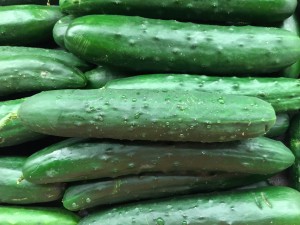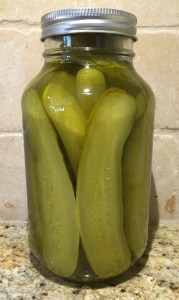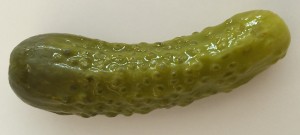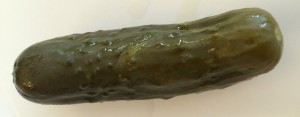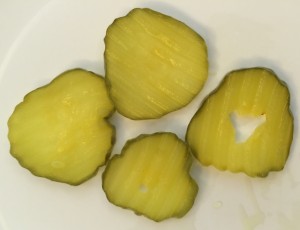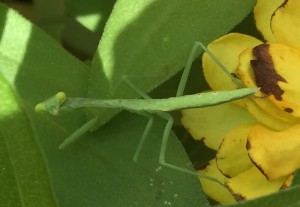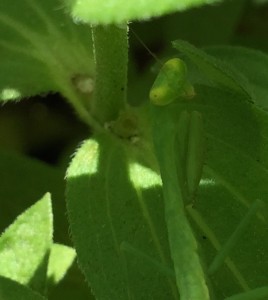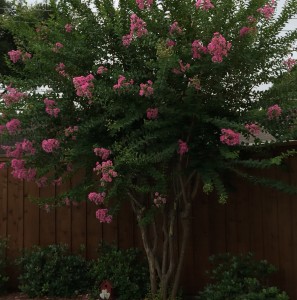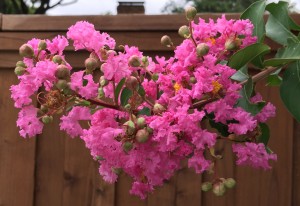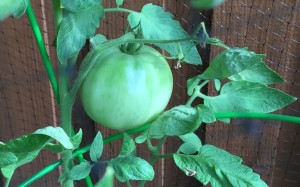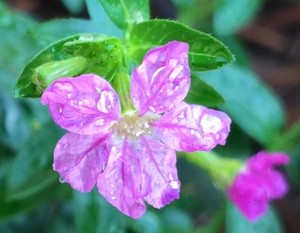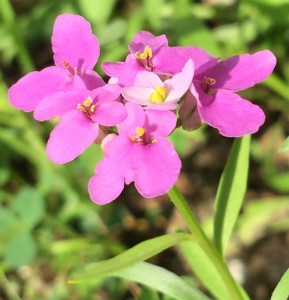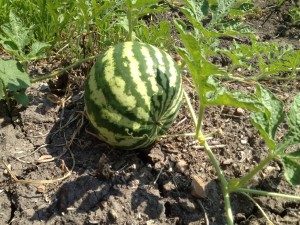It’s all right to have a different opinion,
To have different thoughts and
See things differently:
To be different.
“Different” is itself a curious word.
It means “not the same as another or each other.”
We all were, are and will be — at one time or another — different.
On one side, my relatives came from Ireland to Iowa. On the other, they came from Germany and Poland to Minnesota. They were immigrants, and they were not the same as the others already here or each other arriving. They were different. In their difference, there was the strength and the drive to do well and make a better life for their children. I think it is very much the same today – here and around the world.
Few things stay the same for long.
Differences ensure this is so.
And angels are different.
No two pictures are
Exactly the same:
No one knows for sure if they’ve seen an angel, but there seems to be common agreement that we’ve all encountered them. We didn’t know it at the time, and we wondered about it afterward.
Who was that person who helped start my car in the rain that cold, dark night? Where did that food come from? How come the washing machine just started working again? Why do I feel so good – it was just a smile from that person across the way – where did he go? Or was it “she”?
Could it have been an angel or something else?
And do angels have their own sidekicks?
The “Secret Sloth Police” is an organization of no known notoriety. If they exist (and I can’t say they do), they may be using their difference as a cover. It is generally thought that sloths are quite easy going and slow to move.
http://gty.im/dv1085080
“A perfect camouflage,” you might say, “like the old-fashioned comic Superman.” When called to help, does the sloth do a “quick-change” in the zoo locker room, emerge in dull-gray tights with a large “S” on the chest, and flash off to the aid of a needy person — under the watchful wink of an eye of that angel we weren’t sure we saw over there.
Differences are often the camouflage that hide something deeper within.
Where we least expect help is often where help is to be found.
We find here another curiosity of the human condition:
With our difference, there is always doubt.
Doubt is a distinctly human trait,
Which seems somehow
Imbedded in our
Differences.
The following excerpt is from a short story entitled “Angels Aplenty” in “98.6 (95 Stories),” a collection of 98.6 stories I wrote in 1995 and which has never been published (the person speaking is an angel):
“Angels don’t doubt. Another thing, like stringed instruments, we don’t carry. Of all that we see in you, it is the doubt we do not understand that saddens up most and brings us our greatest joy. You carry a thing no Angel could bear. A difference so great, we serve with quiet purpose.”
A difference so great even the angels are amazed.
I guess that’s what it means to be human:
To live in our differences and always
Cling to doubts that make us
Each distinctly human.
* * *
The story’s final line —
“Humans have always been a mystery.”
Grandpa Jim

